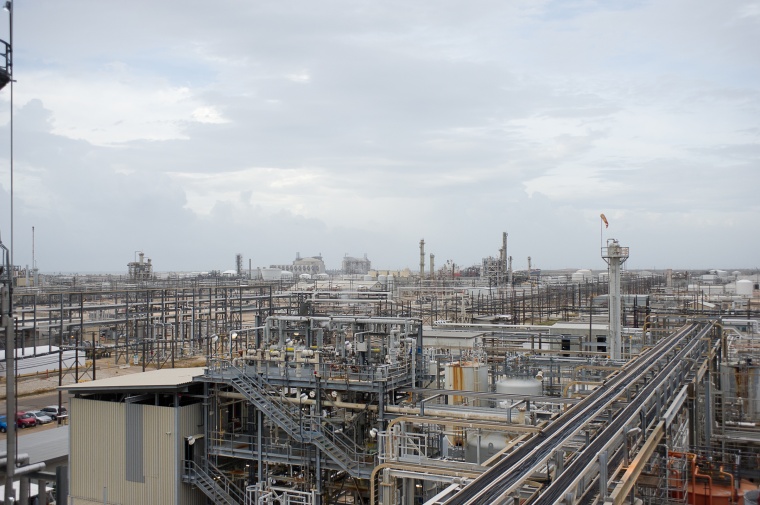Dow Aiming to Rebuild Plastics Portfolio?
Dow may revive an earlier expansion project that would add 600,000 t/y of LLDPE capacity on the US Gulf Coast, CEO Jim Fitterling said during a conference call with journalists last week to present second quarter financial results.
The US company floated the plans in spring 2017 as part of a larger investment package worth $4 billion, later saying that the LLDPE plant would be built at Freeport, Texas, where it was expanding a cracker and more recently announced plans for a new MDI distillation and pre-polymer plant.
Fitterling explained during the conference that Dow management put the project on ice when the coronavirus pandemic descended and triggered a recession, but the plans are now being revisited, and a decision is expected to be made some time this year.
After massively trimming down its plastics portfolio over the past decade, the Dow CEO also hinted that the company might begin reinvesting in this market, due to the expansion of its cracker capacity. Currently, it is mulling plans to add more polyethylene capacity in Canada following the debottlenecking of its cracker at Fort Saskatchewan, in cooperation with a local partner.
In another Texas Gulf Coast project announced last month, the Midland, Michigan-based chemicals heavyweight cast a spotlight on its efforts to improve sustainability at its US sites, announcing that it would build an integrated MDI distillation and pre-polymers plant at its Freeport, Texas, complex.
The new facility is planned to replace the company’s current North American polyurethane production base at La Porte, Texas, which would be closed when the new Freeport facility goes on stream in 2023. The targeted capacity was not revealed, but Dow said it would be able to produce 30% more than the current output at LaPorte.
According to Jane Palmieri, president, Dow Industrial Intermediates & Infrastructure, the new PU facility would have a reduced carbon footprint and less water usage compared with the older plant as it would be able to utilize existing thermal energy from other production facilities at the Freeport site and would have no need to transport raw materials.
Author: Dede Williams, Freelance Journalist


















